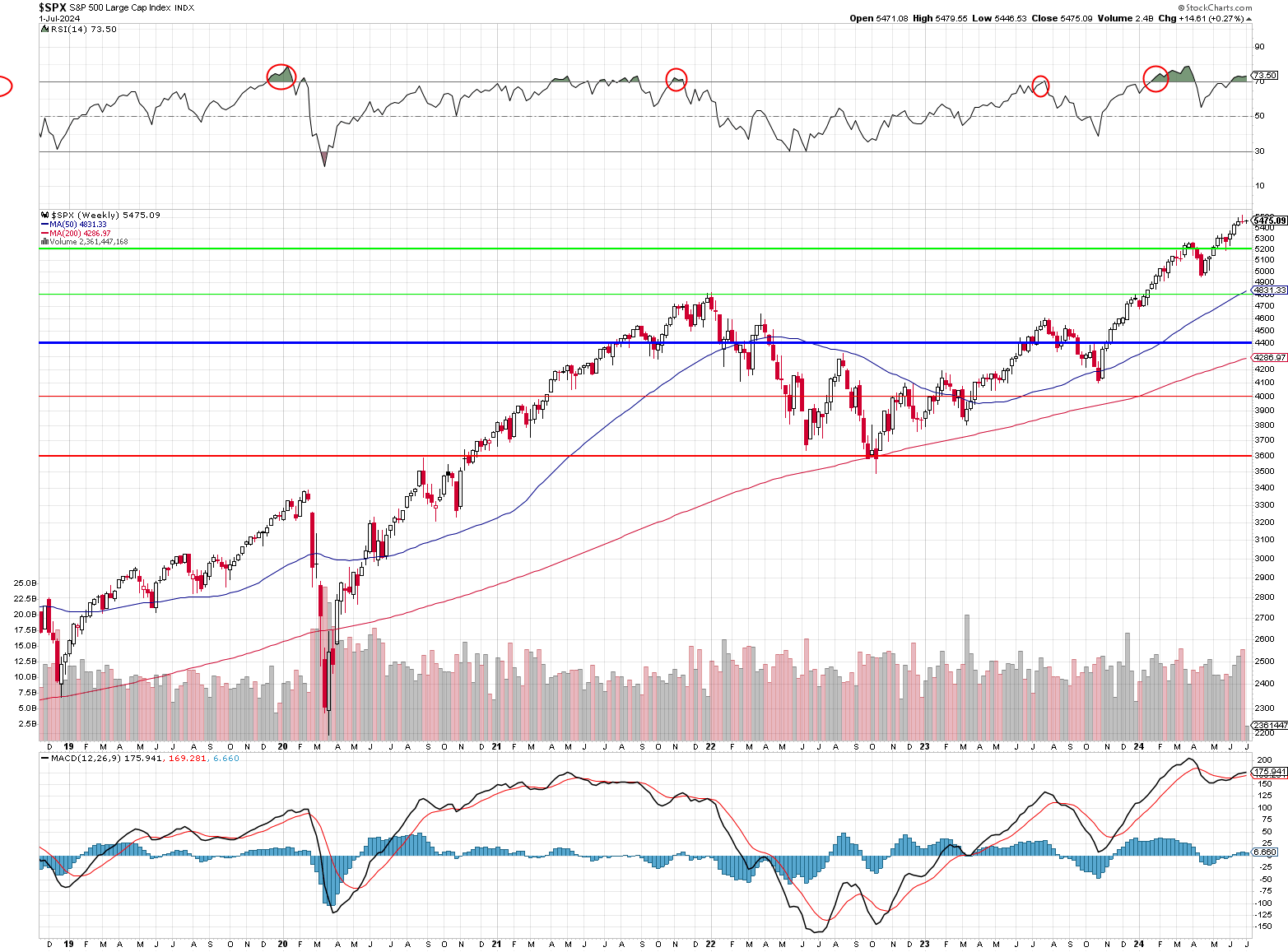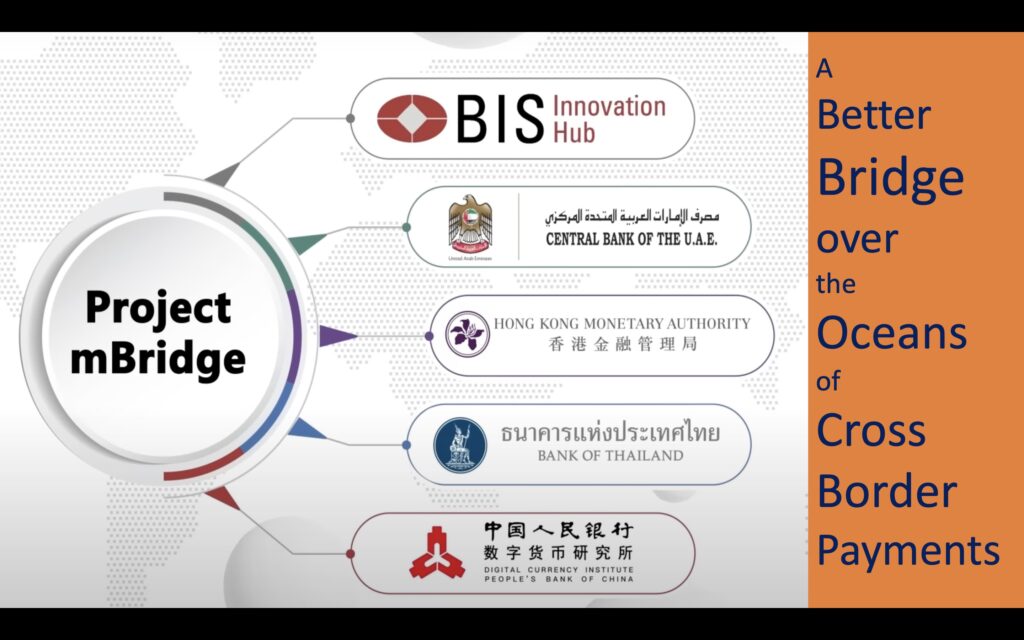The pause that refreshes?

European markets are down 1.25%, primarily on concerns of inflation data – which actually doesn’t seem so bad, so far. EU stocks are hitting 2-week lows, down about 4% and on the way to testing -5% and THAT has finally gotten our indexes to reconsider their all-time highs, perhaps? Also, the EU is taking action against the tech giants that US traders are completely ignoring – as if what the EU does doesn’t matter – this is a serious blindness US traders tend to have regarding events that occur past our own shorelines.
The EU also has very strict rules about disclosures which, amazingly, require CEOs and CFOs to tell investors the truth in their investment calls. What they have been hearing recently has led to growing concerns about European Business Health and the health of the Consumers who, like the US Consumers, have been pulling back on spending recently.
Aside from the wars (don’t mention the war!) Oil is hitting $87.32 (Brent) and THAT is driving renewed inflation concerns all by itself – up 13% since June 1st and closing in on our April high of $92, which was not previously seen since late 2023. It may just be sensible profit-taking after such a big run-up and, unfortunately, it’s very hard for us to gauge the trend during this holiday week.
In the US, the Nasdaq is up 18% for the first half and the S&P is up 14.5% so let’s say 5,520 is +15% from 4,800 in January for the S&P 500 so 720-points up means 144-point retracements back to 5,376 (weak) and 5,232 (strong) are what we’ll be watching on that index. A nice trading shortcut is whether or not the NYSE is above or below 18,000 – that will tell you which way the market is heading…

We’ve been discussing the lack (or complete absence of) Market Breadth during the rally and, finally, other analysts are starting to notice and it’s ringing alarm bells. Never be surprised by how long it takes traders to grasp the obvious – just go with the flow! Another of my pet peeves that’s starting to gain traction is these 30x+ valuations in the tech space – it’s simply not sustainable as it indicates a 3.3% return on your stock investment vs 5% in the bank.
Of course, money in the bank may soon suffer a major shift in value as global currency dynamics undergo significant changes. One of the most consequential shifts on the horizon is the potential end of the PetroDollar era, a development that could reshape the landscape for US investors and the global economy at large.
For decades, the PetroDollar System has been a cornerstone of US economic dominance, ensuring that oil – the world’s most traded commodity – was priced and traded in US Dollars. However, recent moves by OPEC nations, particularly Saudi Arabia, suggest this long-standing arrangement may be evolving. In a critical move on June 9, Saudi Arabia has decided to terminate its long-standing PetroDollar agreement with the United States.
The PetroDollar system generates surplus U.S. dollar reserves for oil-producing countries, which need to be “recycled.” These surplus dollars are spent on domestic consumption, lent abroad to developing nations, or invested in U.S. dollar-denominated assets. This recycling benefits the U.S. dollar as PetroDollars flow back into the U.S., purchasing securities like Treasury bills, creating financial market liquidity, keeping interest rates low, and promoting non-inflationary growth. OPEC states avoid currency conversion risks and invest in secure U.S. assets.
 By moving away from the PetroDollar, Saudi Arabia aims to gain more control over its economic future and lessen its exposure to U.S. economic sanctions and policy changes. Saudi Arabia has joined Project mBridge, a collaborative initiative exploring a digital currency platform shared among central and commercial banks.
By moving away from the PetroDollar, Saudi Arabia aims to gain more control over its economic future and lessen its exposure to U.S. economic sanctions and policy changes. Saudi Arabia has joined Project mBridge, a collaborative initiative exploring a digital currency platform shared among central and commercial banks.
This project aims to enable instant cross-border payments and foreign-exchange transactions using distributed ledger technology. Launched in 2021, Project mBridge involves several major Central Banks and institutions worldwide and has recently reached the Minimum Viable Product (MVP) stage, inviting private-sector firms to propose innovations and use cases for further development of the platform.
👺 The Potential End of the Petrodollar Era: Implications for US Investors
The petrodollar system, established in the 1970s, has been a cornerstone of US economic dominance for decades. It ensured that oil, the world’s most traded commodity, was priced and traded in US dollars, creating a consistent global demand for the currency. However, recent developments suggest this system may be undergoing a transformation:
1. Diversification of Oil Trade Currencies:
OPEC nations, particularly Saudi Arabia, are increasingly open to accepting other currencies for oil transactions. This includes the Chinese yuan, euros, and potentially a new BRICS currency. The Saudi-China deal in March 2023 to trade oil in yuan was a significant milestone in this shift.
2. BRICS Expansion:
The potential inclusion of major oil producers like Saudi Arabia and Iran into the BRICS alliance could further challenge dollar dominance in oil markets.
3. Global De-dollarization Efforts:
There’s a broader trend of countries seeking to reduce their dependence on the US dollar, partly in response to the weaponization of the dollar through sanctions.
Implications for US Investors:
1. Currency Markets:
A gradual depreciation of the US dollar is possible as global demand for the currency potentially decreases. This could benefit US exporters but hurt import-dependent industries and potentially fuel inflation.
2. Bond Markets:
Reduced foreign demand for US Treasuries could lead to higher yields and increased volatility. This could impact both government and corporate borrowing costs.
3. Equity Markets:
Companies with significant international exposure may see their valuations affected by currency fluctuations. Energy sector stocks could face increased volatility.
4. Commodity Markets:
Changes in oil pricing mechanisms could lead to increased volatility in energy and related commodity markets.
5. Geopolitical Risks:
The shift away from petrodollars could heighten global tensions, potentially impacting trade relationships and investment flows.
However, it’s crucial to note that any transition away from the petrodollar system is likely to be gradual rather than abrupt:
1. Dollar Dominance:
The US dollar remains the world’s primary reserve currency, accounting for about 60% of global foreign exchange reserves and used in approximately 88% of international transactions.
2. Limited Alternatives:
While alternatives like the euro and yuan exist, they currently lack the depth, liquidity, and stability to fully replace the dollar.
3. Infrastructure Challenges:
Global financial systems, including SWIFT, are predominantly dollar-based. A transition would require massive infrastructure changes and international coordination.
4. US Treasury Market:
As the world’s largest and most liquid financial market, any significant shift could have destabilizing effects on the global economy.
Strategies for US Investors:
1. Diversification:
Consider increasing exposure to international markets and currencies to hedge against potential dollar weakness.
2. Commodity Focus:
Pay close attention to energy and commodity-related investments, as they may be significantly impacted by these changes.
3. Inflation Protection:
Look into inflation-protected securities and real assets as potential hedges against inflationary pressures.
4. Emerging Market Opportunities:
Consider increasing allocation to emerging markets, particularly those benefiting from the shift away from petrodollars.
5. Monitor Geopolitical Developments:
Stay informed about international relations and trade agreements, as these will likely play a crucial role in shaping the new global financial landscape.
In conclusion, while the transition away from petrodollars is a significant development, it’s likely to be a gradual process rather than an overnight change. US investors should remain vigilant and adaptable, balancing the risks of this transition with the potential opportunities it may create in the global marketplace. As always, diversification and staying informed will be key to navigating these evolving economic dynamics.
Be careful out there!








